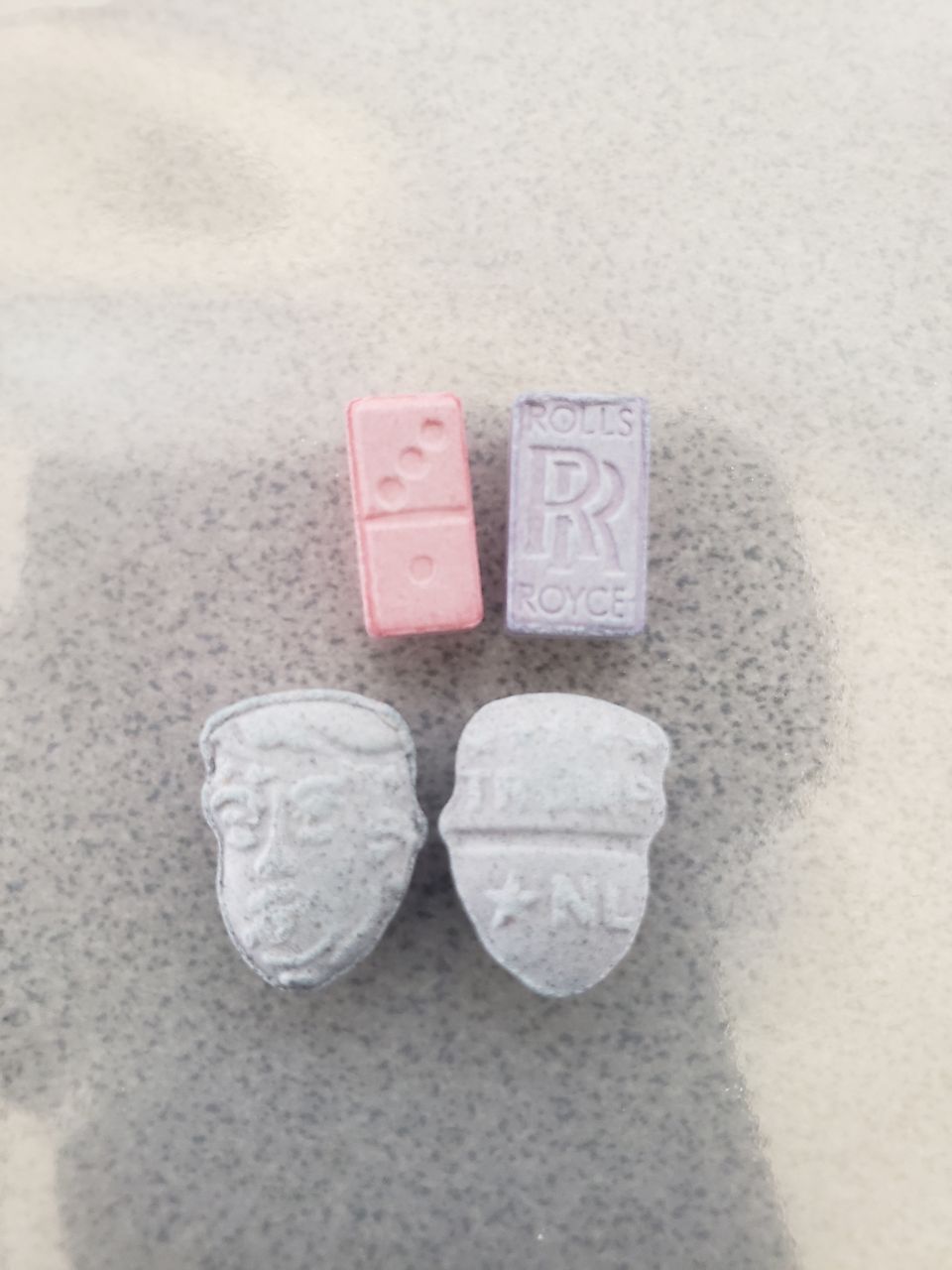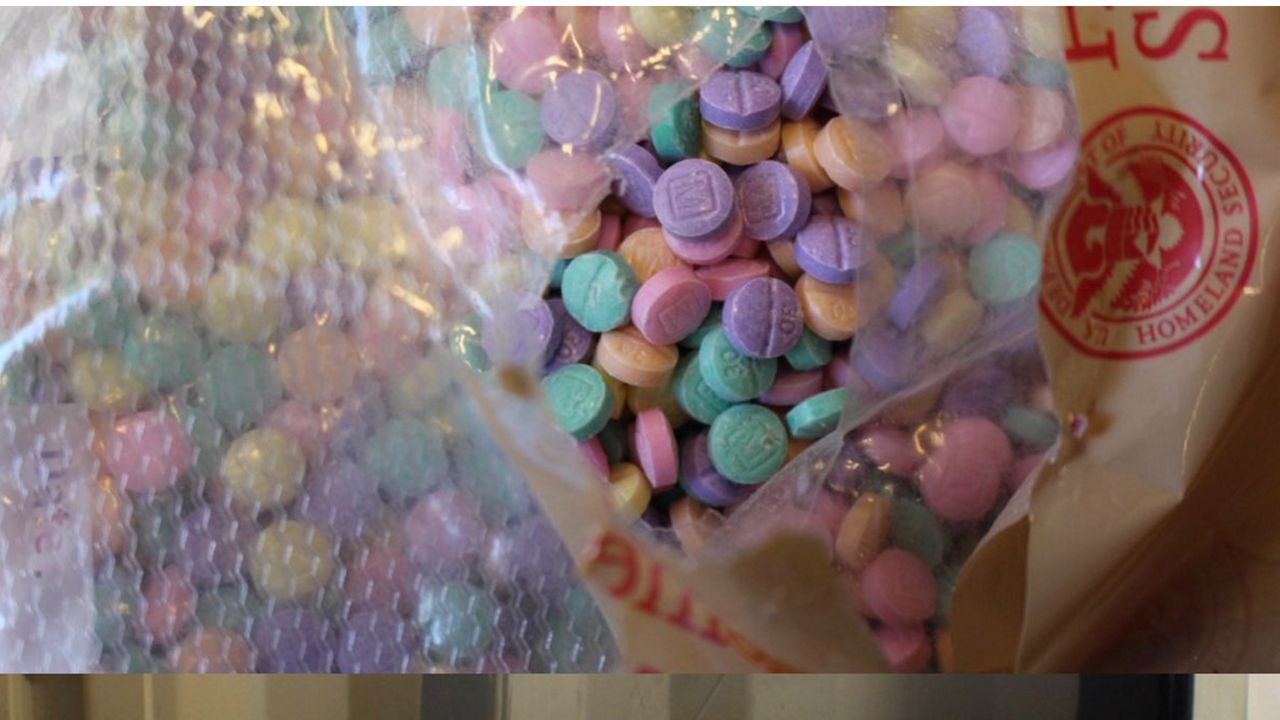At least two police departments in Maine have recovered candy colored fentanyl and methamphetamine, part of a national trend of making the deadly drugs more appealing to a younger generation of users.
Police in Bangor and Farmington reported the seizures to Maine’s Information and Analysis Center, an intelligence gathering service that shares information between the state and federal government, Maine Department of Public Safety spokeswoman Shannon Moss confirmed in an email.
Farmington Chief Ken Charles said the drugs were turned in to police by a family member of someone who was seeking treatment. No charges were filed and police believe the drugs were methamphetamine. In addition to different colors, they were shaped like dominoes and a Rolls Royce hood ornament. Charles said they resembled chewable vitamins for children.
"If they were mixed in to a bottle, you would think they were Flintstones chewables," he said. "It's a very unsafe situation."

Bangor Sgt. Jason McAmbley said he didn't have specifics about how his department recovered the colorful drugs, but that drugs found in a storage unit was the last major find by the department.
Fentanyl, a powerful synthetic opioid, has been linked to about 75% of the drug overdose deaths reported in the first six months of this year, according to the Maine Office of the Attorney General. In the first five months of this year, 266 Mainers died of a drug overdose, an increase of 9% over the same period in 2021.
And in July, Portland Police released data showing there have already been more overdose deaths in the city this year than all of last year. From January to July 5, police responded to 28 fatal overdoses, surpassing the total of 23 for all of 2021.
That year statewide, 636 Mainers died of a drug overdose, a record.
Maine Drug Enforcement Agency Commander Scott Pelletier said in a statement released to Spectrum News that "distribution and marketing" methods of fentanyl continue to change, moving from a powder form to tablets that resemble prescription medications and vitamins. Those changes also make it harder for law enforcement to quickly identify which drugs they are handling.
"This type of marketing presents an increased risk to our communities as the deadly drug is disguised as either prescription medication and/or common edible items that may be mistaken as harmless," Pelletier said.
Across the country, reports of the candy-colored fentanyl pills have recently popped up in St. Louis and Nogales, Arizona.
Andree Swanson, public information officer with the Drug Enforcement Administration St. Louis Division, told Spectrum News this week that colorizing fentanyl is another way to make the drugs appealing to youth.
“Drug traffickers will do anything to increase their profits,” Swanson said. “Adding a trendy color to a drug that kills so easily is just one more way they can make money, attracting young buyers. But these traffickers have no regard for the human lives their drugs might claim.”
Last week, U.S. Customs and Border Protection officers in Arizona seized more than 15,000 colored fentanyl pills that were strapped to a person’s legs.
Swanson said fentanyl, which is used in medical settings as a pain reliever, is “100 times more dangerous than morphine and 50 times more potent than heroin.” Sometimes, people think they are taking one type of pill when it is actually fentanyl.
“We’re hearing far too many cases of a teen taking a pill thinking it’s OxyContin, Xanax or Percocet,” Swanson said. “Since there is no quality control in making these counterfeits, kids take them and the fentanyl kills them nearly instantly.”



